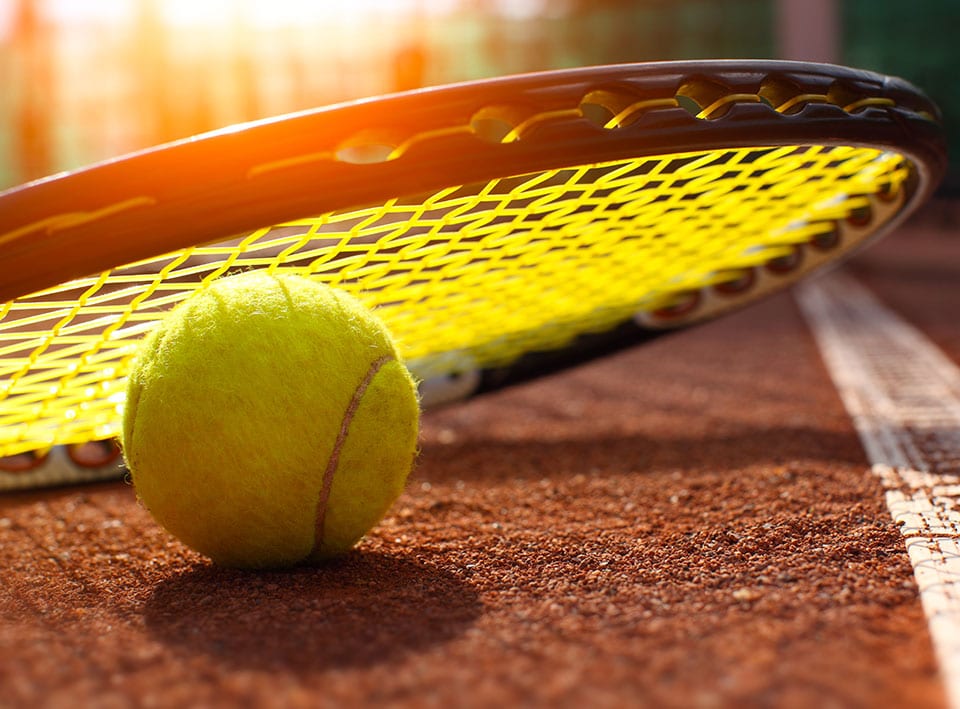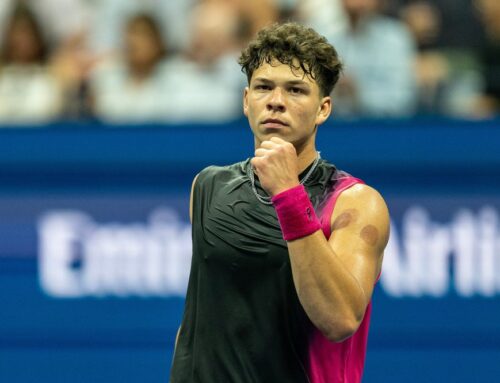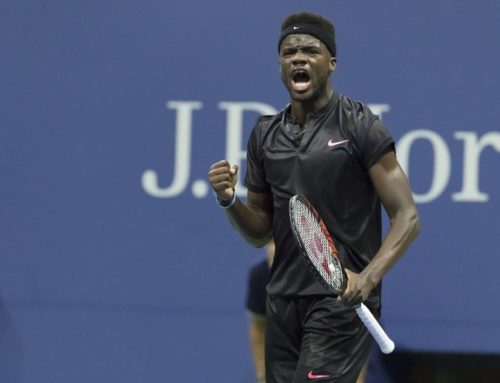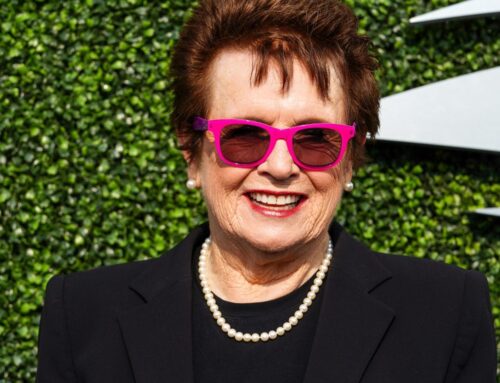Second of 3-Part Series
In 1938, Don Budge piqued America’s interest in an attacking style of play among fans and fellow players when he became the first player to win the Grand Slam (four majors – Australian Open, French Open, Wimbledon and U.S. Open in the same calendar year). A month later, the 6-2 Californian dropped his amateur status to join a barnstorming pro tour with a debut in Madison Square Garden before nearly 17,000 people.
Budge dominated his opponents and tennis’ analysts of that era rated Budge’s serve, his backhand groundstroke and volley the best in the game. The rookie pro, he defeated Ellsworth Vines, 22 matches to 17, and Fred Perry, 28 matches to eight and won two major events, the French Pro Championship and the Wembley Pro.
In the mid-1940s two other Californians – Jack Kramer and Pancho Gonzalez – abandoned their amateur status after capturing major titles. Kramer won Wimbledon (1947) and the U.S. Open (1946-47) and Gonzalez won the U.S. Open (1948-49). Kramer assumed control of the pro tour in 1952 and attracted several of the top amateurs, including Aussies Lew Hoad, Frank Sedgman, Ken Rosewall and fellow Californian Pancho Segura.
Althea Gibson, the most gifted serve-and-volley player of that era became first the African American, who won Wimbledon and U.S. Open titles in consecutive years (1957-58). “I told her to do it again just to show them that it wasn’t a fluke,” said Sydney Llewelyn, Gibson’s coach. but racial discrimination shortchanged her career. The U.S. governing body of tennis found good-paying jobs for its top white amateur players, which allowed them to focus on winning U.S. team titles. However, Gibson received no such help. “It was nice being the queen of tennis, but you can’t eat a crown,” said Gibson, who retired after winning her second U.S. Open title.
Thanks to continuous prodding by Jack Kramer and several other top-ranked pros, the Open Era began in 1968. Prize money was offered at all events, including the majors. Stan Smith, Arthur Ashe, Vitas Gerulaitis, Martina Navratilova and Billie Jean King were among the first wave of U.S. pros to win major titles playing serve-and-volley or elements thereof. In the early 1980s, the wizardry of John McEnroe, complete with his spurts of brilliant shot-making and sullied language, roused pro and con passions in stadiums everywhere. The tennis world smiled, while covering the ears of its young.
Serve-and-volley pros stepped into the limelight at numerous events. Germany’s Boris Becker and Michael Stich, Sweden’s Stefan Edberg, Aussies Pat Rafter and Pat Cash, France’s Yannick Noah, Croatia’s Goran Ivanisevic and Sampras were among the best. They captured most of the major titles during the 1980s and ’90s. Between 1983 and 2001 they won 18 of 19 Wimbledon titles, 10 of 14 U.S. Opens between 1989 and 2002 and 5 of 11 Australian Opens between 1987 and 1997. In 1983, Noah, became the first serve-and-volley male to walk away with the title on the French Open’s slow red clay since Laver (1969).
King and Martina Navratilova, who won nine of her 18 major singles title at Wimbledon were among the women’s tour’s serve-and-volley standouts of the Open Era. A phenomenal athlete, Navratilova holds the Open Era several records, including most singles titles (167), most doubles titles (177), consecutive years ranked No. 1 (1982–86), best season singles winning percentage, 86-1 (98.9%) and longest singles win streak (74). Navratilova was a month short of turning 44 when she ended her career in 2006. She played only doubles during the last two years of her career. She and Sampras are among several top-ranked pros, who have shared their concern about the disappearance of top-ranked serve-and-volley pros in today’s game.
At a 2006 U.S. Open news conference, announcing her retirement, she suggested that innovative changes of industry rackets – particularly the strings – had hampered severely the effectiveness of her serve-and-volley singles game. “I’m the greatest volleyer that’s ever played, and I would have a hard time serve-volleying in today’s game, so something is wrong,” she said. “The courts are too slow, the rackets are too powerful, so you’re going to see much more one-dimensional tennis. It takes a genius to play really well at the net. Federer … used to serve-and-volley. Now, he’s staying back more because it’s safer. … I’d just like to see more imaginative tennis, people have more fun on the court, playing a little more by instinct than by rote. That would be fun.”
Why is it a thing of the past?
“It’s difficult to learn to do, and it’s hard to be successful with it at first, and kids and coaches don’t like failure,” Sampras said.
The discussion continues in Part 3.





Leave A Comment